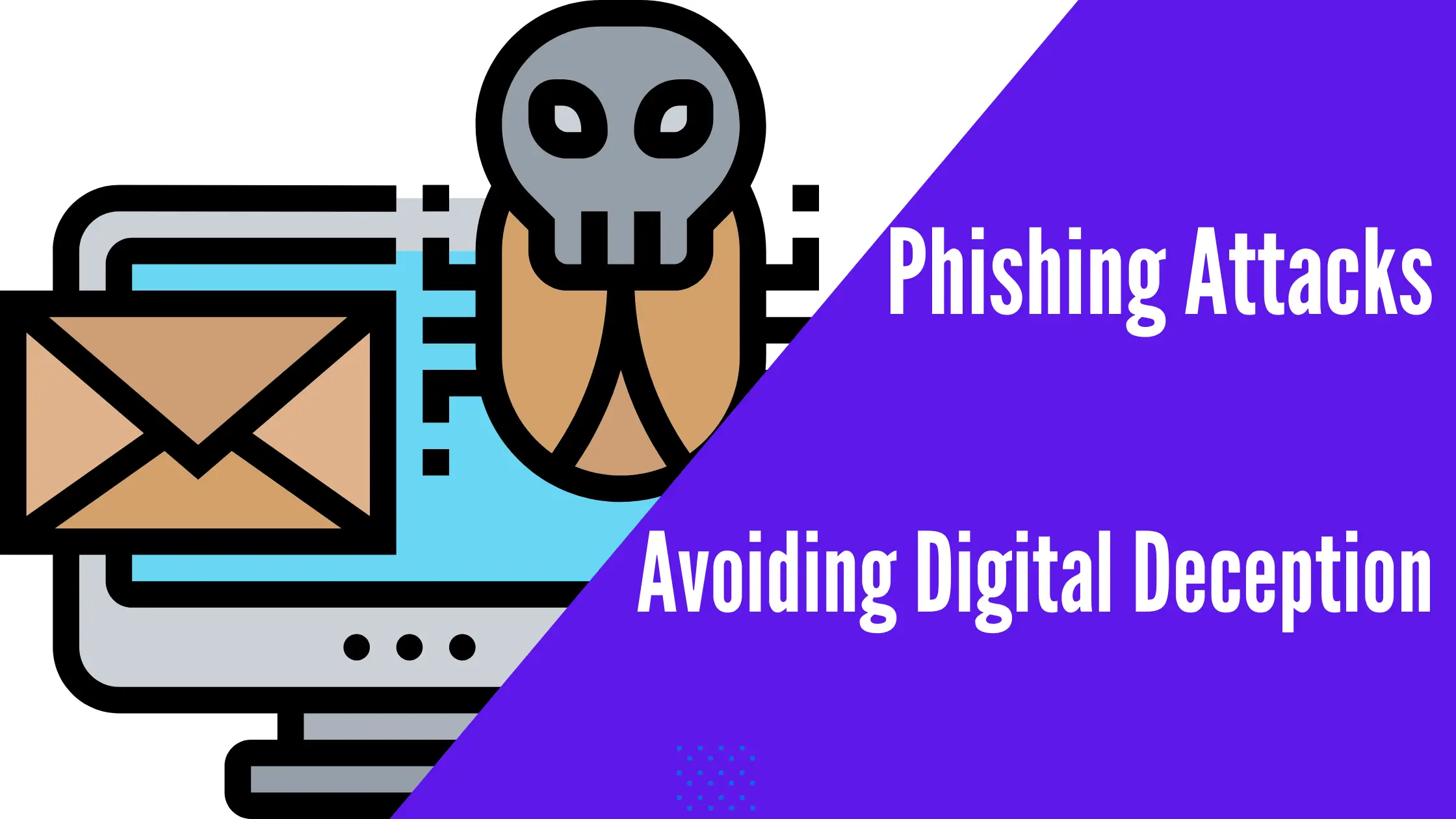Last updated on June 29th, 2025 at 02:43 pm


Phishing attacks have been a significant issue in society as we know it. It’s time to become aware of how this type of cyberattack happens and the cybersecurity measures you can use to prevent such attacks. In this article, we will cover:
- What is phishing;
- Type of phishing;
- How to identify common signs of a phishing website;
- Steps in a phishing attack; and
- How to protect your electronic devices from phishing attacks.
What is phishing?
Despite how the name sounds, phishing refers to individuals targeting victims while posing as trustworthy people to obtain sensitive information from them. Such information includes passwords, credit card numbers, and other personal information for illegal purposes. These individuals usually contact victims of their abuse through emails, messages, and phone calls.
Types of phishing
Phishing comes in different forms depending on the vulnerability of the victims. Three forms of phishing are:
- Emails phishing refers to the use of emails to pose as a legitimate organization to obtain sensitive information from victims. The email typically requires the recipient to respond to the email by sending information that they would not typically have shared if they knew who they were sharing it with. Alternatively, the email may take you to a website where you are expected to enter personal or financial information.
- Spear phishing is a targeted phishing attack that involves extensive knowledge of the individual or company being targeted. With spear phishing, a cybercriminal uses the information he has gathered about his victims to target them. For instance, if you are a teacher who often researches teaching methods, a cybercriminal may send you an email about some method that you find interesting to target you. The intent is usually to steal data such as passwords or banking information.
- Vishing refers to a process where cybercriminals use voice calls to trick victims into sharing personal or banking information.
How can I identify some common signs of a phishing website
Common signs of phishing websites include but are not limited to;
- Suspicious URL: In this situation, you can check URLs for any sign of misspelled words or altercations in the website address that may look like a legitimate site but with slight variations.
- Lack of HTTPS: Genuine websites that we use regularly usually utilize HTTPS encryption. If any website lacks this encryption, it may not be secure for you to visit.
- Poor design quality: Since the website would be used for scamming, cybercriminals don’t usually put a lot of work into designing it and improving the quality of the images.
- Request for personal information: Look out for any website that asks for personal information like passwords, credit card information, or social security numbers, especially if they seem unnecessary.
- Absence of contact information: Legitimate businesses or websites usually provide some form of contact information, either email, contact number, or address. If none of these are on the website, it is likely a phishing website.
Steps in a phishing attack
As with any type of attack, phishing attacks involve several stages:
- Baiting: In this step, the attacker prepares bait to capture the individual’s attention and make them interested in whatever it is they have to offer. This often comes in the form of a deceptive email or message.
- Hooking: Just like in fishing, once the victim feeds on the bait, they are directed to a fraudulent website or coerced into providing sensitive information such as passwords, credit card information, and other important private information.
- Catching: Once the victims provide their personal information and passwords, the attackers utilize this information for malicious purposes, such as identity theft, financial fraud, or gaining unauthorized access to systems.
Is it possible to protect my electronic devices from Phishing attacks?
Yes, it is. Protecting your electronic devices from phishing is possible by taking various preventative measures.
- Installation of internet security software. Many internet security software, when installed on your device, will detect and block all phishing attempts.
- Be cautious with links and attachments. When opening links and downloading attachments, you must always check to ensure that they are from known or credible sources to avoid being scammed.
- Educate yourself and others. Stay up to date with the most commonly used phishing tactics, and educate the people around you so that they can identify said tactics.
Before you go
Phishing attacks continue to evolve, making it crucial to stay informed and vigilant. By recognizing the signs, understanding the tactics used by cybercriminals, and taking proactive security measures, you can significantly reduce the risk of falling victim to these scams.
Protect yourself by using security software, verifying links before clicking, and educating others about phishing threats. Stay one step ahead of cybercriminals by sharing this article with friends and family to help them stay safe online!
 Skip to content
Skip to content 